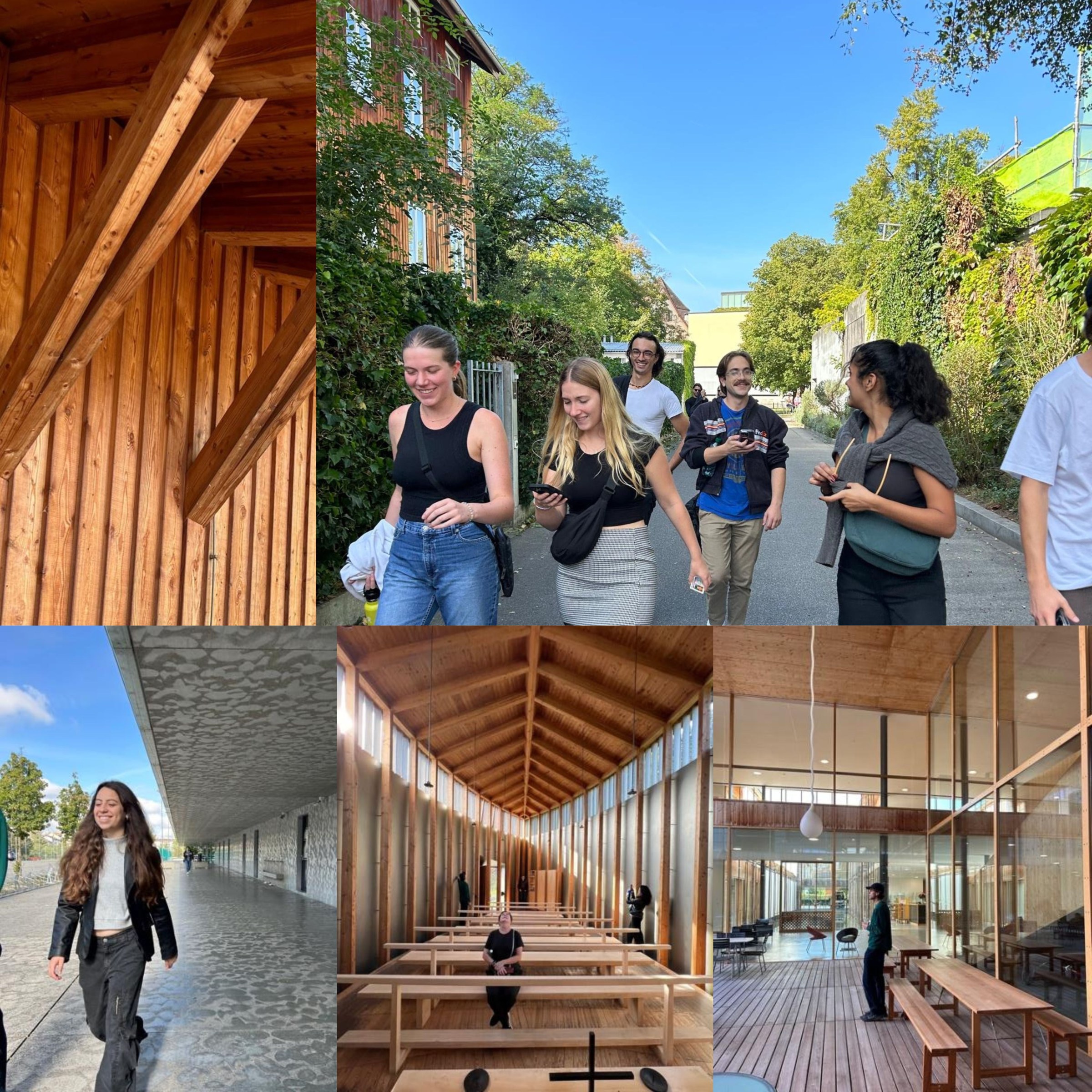Tulane faculty and student researchers present at ACADIA Conference 2025
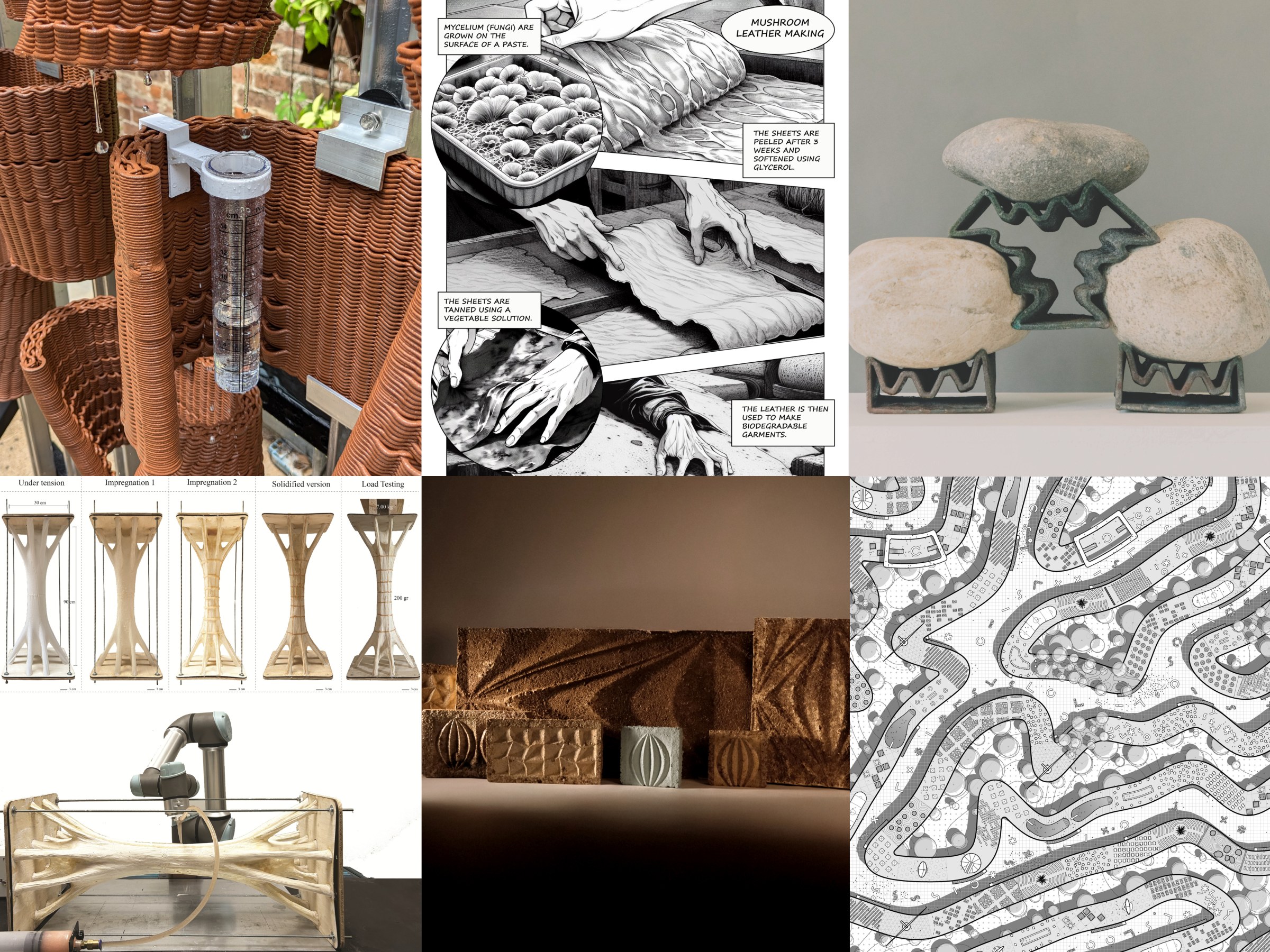
OCTOBER 16, 2025
BY Naomi king englar
Several faculty and student researchers from Tulane School of Architecture and Built Environment will present their research and serve as conference organizers at the 2025 ACADIA Conference, November 6-8, in Miami FL. ACADIA is the leading international venue for research in computation, digital fabrication, and robotics.
The presentations cover a wide variety of research – from digitally fabricated facade systems to bio-based textiles and construction materials. In addition to the presentations listed below, faculty Shawna Meyer and Chris Meyer have held key roles on the ACADIA Conference organizing committee, serving as Technical Chairs and co-editors of the proceedings.
This year’s theme “COMPUTING for RESILIENCE: Expanding Community Knowledge & Impact” explores building resilience in an increasingly uncertain world, confronting physical, economic and climatic challenges. As noted on the conference website, “In the context of computation and fabrication in architecture, this theme invites the exploration of advanced solutions and resilient design methods that can adapt to these uncertainties.”
Below are the papers, projects, and books being presented by faculty and student researchers at Tulane School of Architecture and Built Environment.
“Hygroscopic Envelope: 3D Printed Ceramic Building Enclosures for Stormwater Detention”
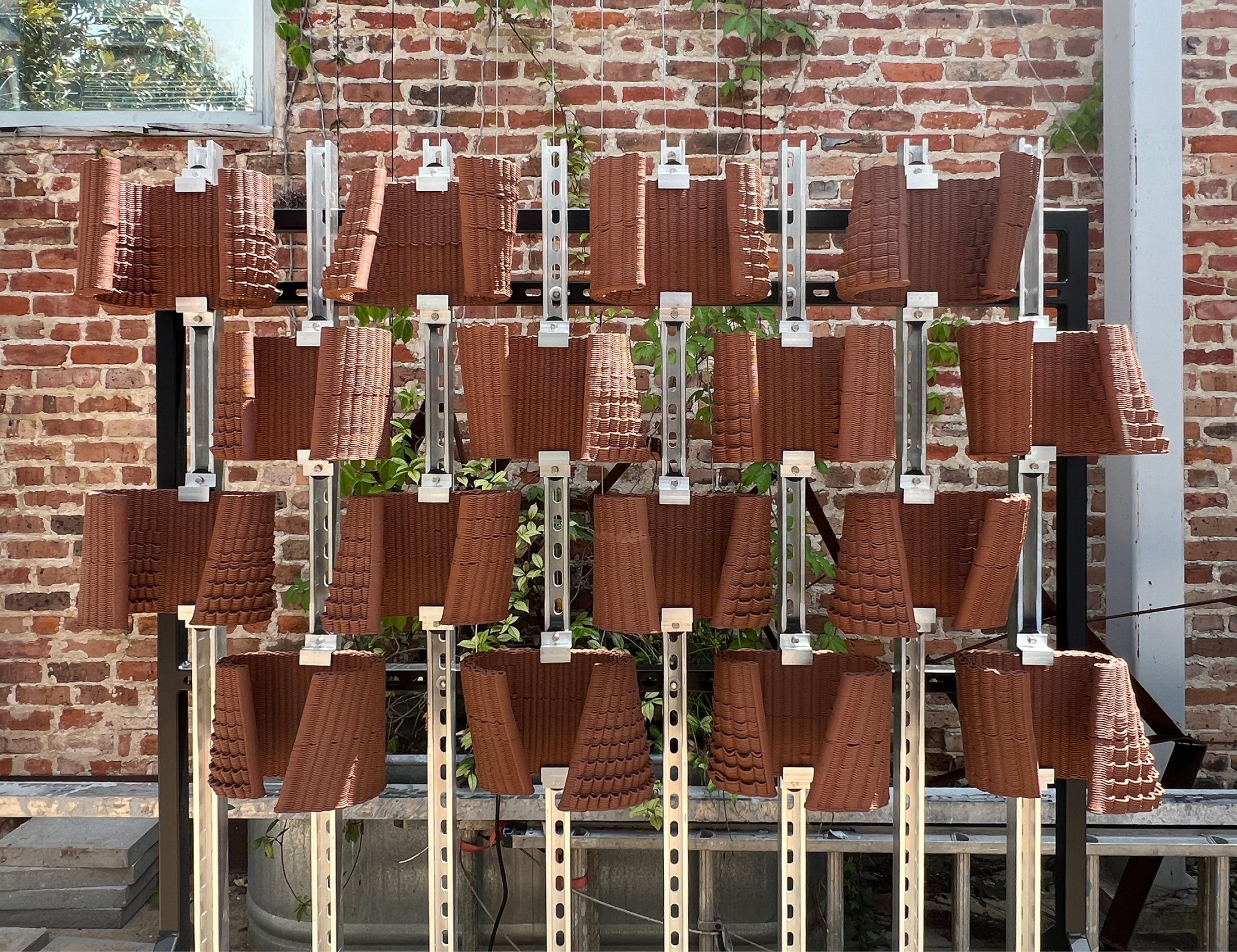
Paper Presentation Authors: Adam Marcus and Liz Camuti, Tulane School of Architecture and Built Environment. Tsz Yan Ng, Wes McGee, and Evgueni Filipov, University of Michigan.
Abstract: This project explores how 3D-printed (3DP) ceramic facades can support cli¬mate adaptation by collecting, detaining, and gradually releasing stormwater. Extending lessons from landscape-based stormwater management practices, such as bioswales, the research advocates a paradigm shift from conventional “rain screens” that repel and shed water off the building toward systems that directly engage and manage water to benefit broader infrastructural and eco¬logical systems vulnerable to the impacts of climate change. The research ex¬plores ways to alleviate burdens on municipal stormwater systems and reduce demand for energy-intensive mechanical pumping systems that contribute to land subsidence. A completed facade prototype, one in a series of site-specific demonstrators, tests 3DP ceramic components’ capacity to temporarily detain stormwater in New Orleans’s hot and humid climate.
“Stone Stitching: 3D Scanning, Additive Manufacturing, and Composite Masonry Tectonics”
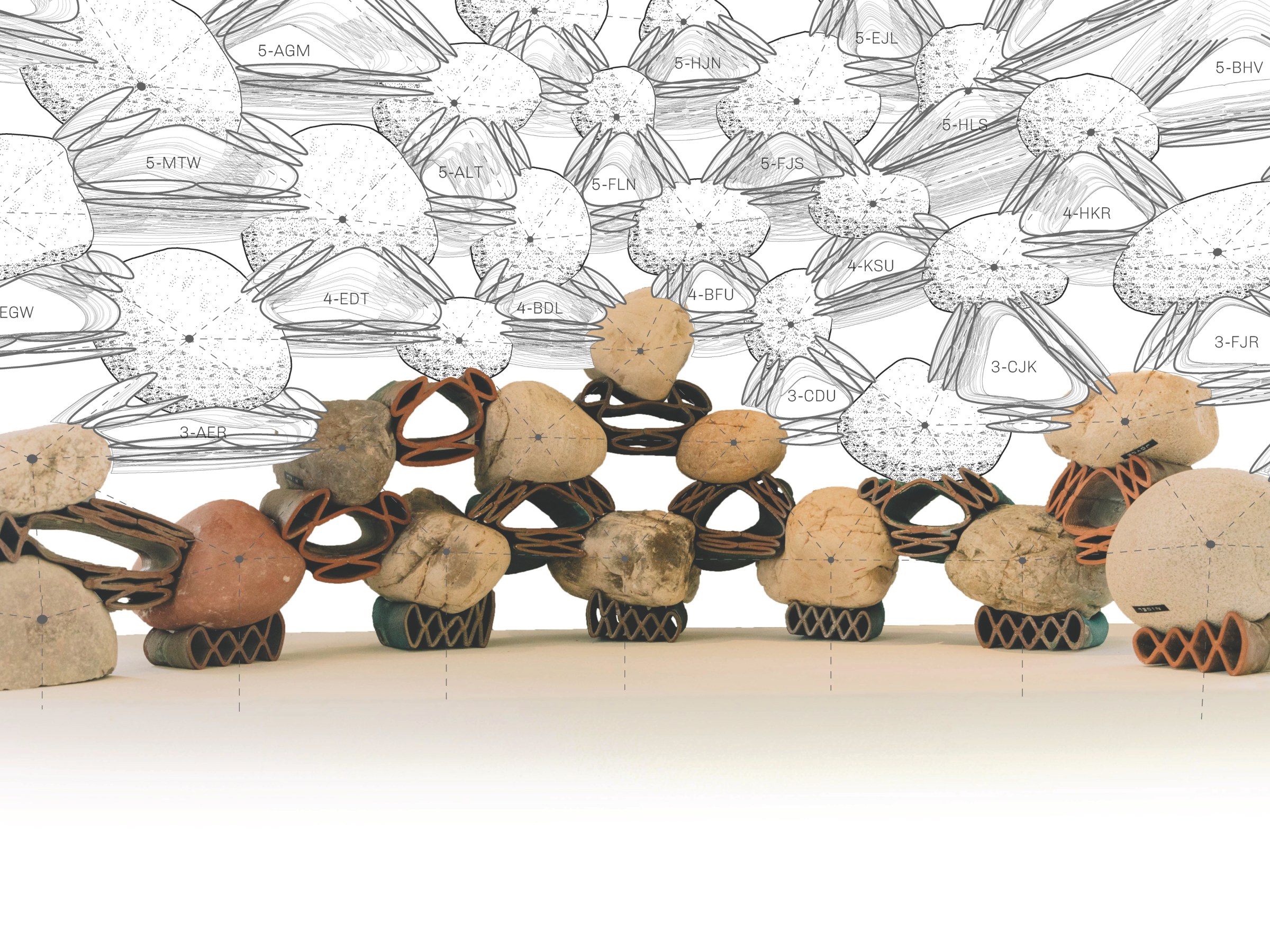
Paper Presentation Authors: Nicholas LiCausi and Adam Marcus, Tulane School of Architecture and Built Environment.
Abstract: This project proposes a composite masonry system consisting of unprocessed, found stones and 3D printed ceramic components. The research explores how integrated workflows of 3D scanning and digital fabrication can open new tectonic possibilities for composite assemblies from earthen and found materials. Inspired by traditional stone construction techniques and a desire to shift towards more circular modes of construction, the research leverages advanced technologies to accommodate the nonstandard irregularity of found stones in their natural, unprocessed state. High fidelity 3D scanning and robotically printed ceramic connectors have become the primary means for negotiating material variability and tolerance. Parametric workflows at each stage meld digital and physical modes of production to explore a new approach to tectonics simultaneously grounded in the ancient and the contemporary, the analog and the computational.
“Integrating Bio-Polymers and Textiles for Structurally Active Knitted Shells”
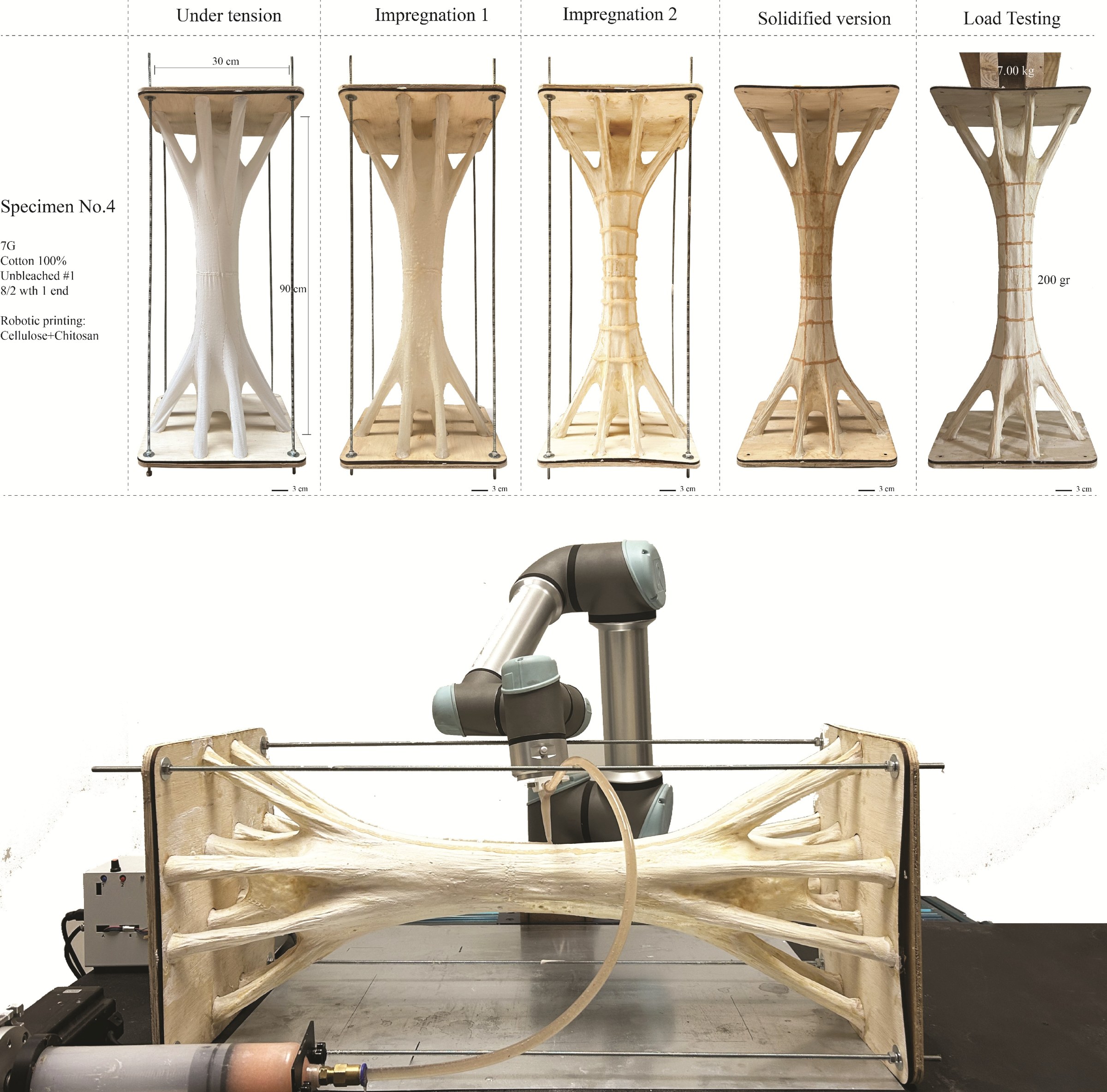
Paper Authors: Mostafa Akbari, Texas A&M University. Abbas Ghaffari, graduate Architecture student at Tulane School of Architecture and Built Environment. Farzaneh Oghazian and Sibei Xia, Louisiana State University.
Abstract: This paper presents a method for solidifying industrially knitted tension-only structures using bio-based materials, aimed at architectural applications such as temporary post-disaster shelters or reusable formwork systems. The proposed approach employs shellular funicular geometries—double-curved, single-layer surfaces designed through graphic statics—as efficient tension/compression-only structures tailored to specific boundary conditions. While these geometries are structurally optimal, their complex forms pose significant fabrication challenges. To address this, the study leverages industrial knitting as a low-waste fabrication method, enabling the creation of continuous textile surfaces that conform to shellular geometries. The geometry is subdivided into planar segments, unrolled, and optimized for elastic deformation within the knitted network. These segments are fabricated, sewn together, and tensioned at their boundaries to form the desired spatial configuration. Subsequently, the structure is impregnated with custom bio-resin blends derived from chitosan and cellulose to transform the soft knitted form into a rigid composite shell. To enhance mechanical performance, the stress distribution within the shell is analyzed, and a secondary layer of bio-based material is robotically deposited along principal stress paths using a six-axis robotic arm equipped with a custom 3D printing end-effector. This targeted reinforcement strategy maximizes structural strength while minimizing material usage. As a proof of concept, several meso-scale prototypes have been fabricated, and their mechanical behavior has been evaluated through computational simulations, validating the efficiency and feasibility of the proposed workflow.
“Subtractive Fabrication of Large-Scale Mycelium Bio-Composites”
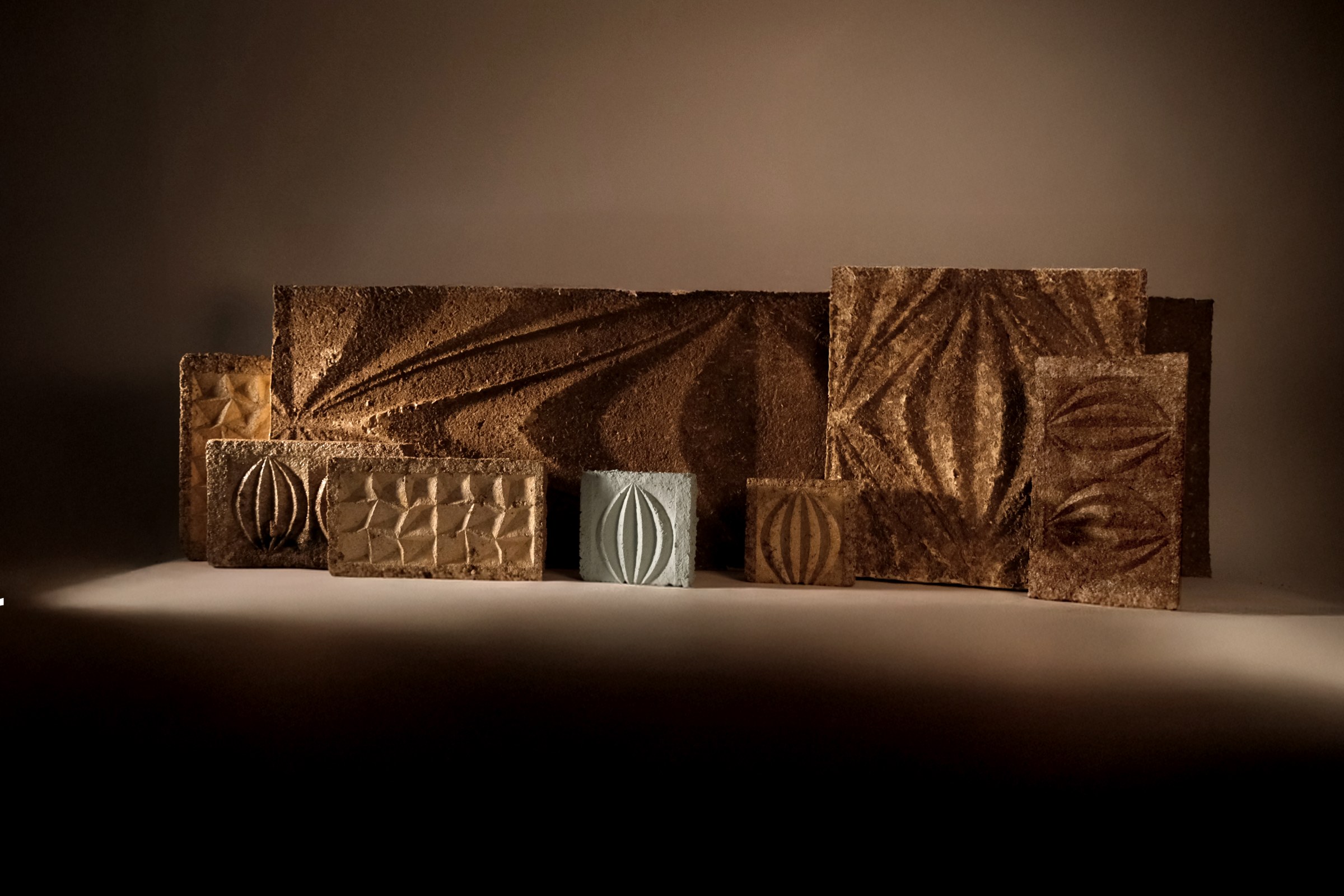
Paper Authors: Assia Crawford, Tulane School of Architecture and Built Environment. Stephanie Clouse, University of Colorado Denver.
Abstract: Mycelium-based materials have emerged as low-impact alternatives to conventional composites in architecture and design. Grown on agricultural waste with minimal energy inputs, mycelium offers thermal insulation and compressive strength comparable to polystyrene and other non-structural materials, while remaining fully biodegradable. Its environmental benefits, renewability, local sourcing, and nontoxic decomposition make it ideal for circular construction systems. However, fabrication methods remain a bottleneck. Most rely on mold-based casting or 3D printing techniques that are expensive, labor-intensive, and difficult to scale.
Subtractive methods, particularly those using digital tools such as CNC machining, remain largely unexplored in mycelium fabrication. This project addresses that gap by developing a hybrid workflow: casting large-format panels from spent mushroom substrate, then carving bespoke patterns using CNC routing. The process avoids proprietary cultures and sterile lab conditions, relying instead on readily available waste and standard tools. This reduces production barriers while expanding design potential. By integrating regenerative materials with digital fabrication, the project contributes to a growing movement that views building components not as fixed products, but as adaptable, ecological systems.
Bios in Search of Zoe: Ecological Graphic Novel
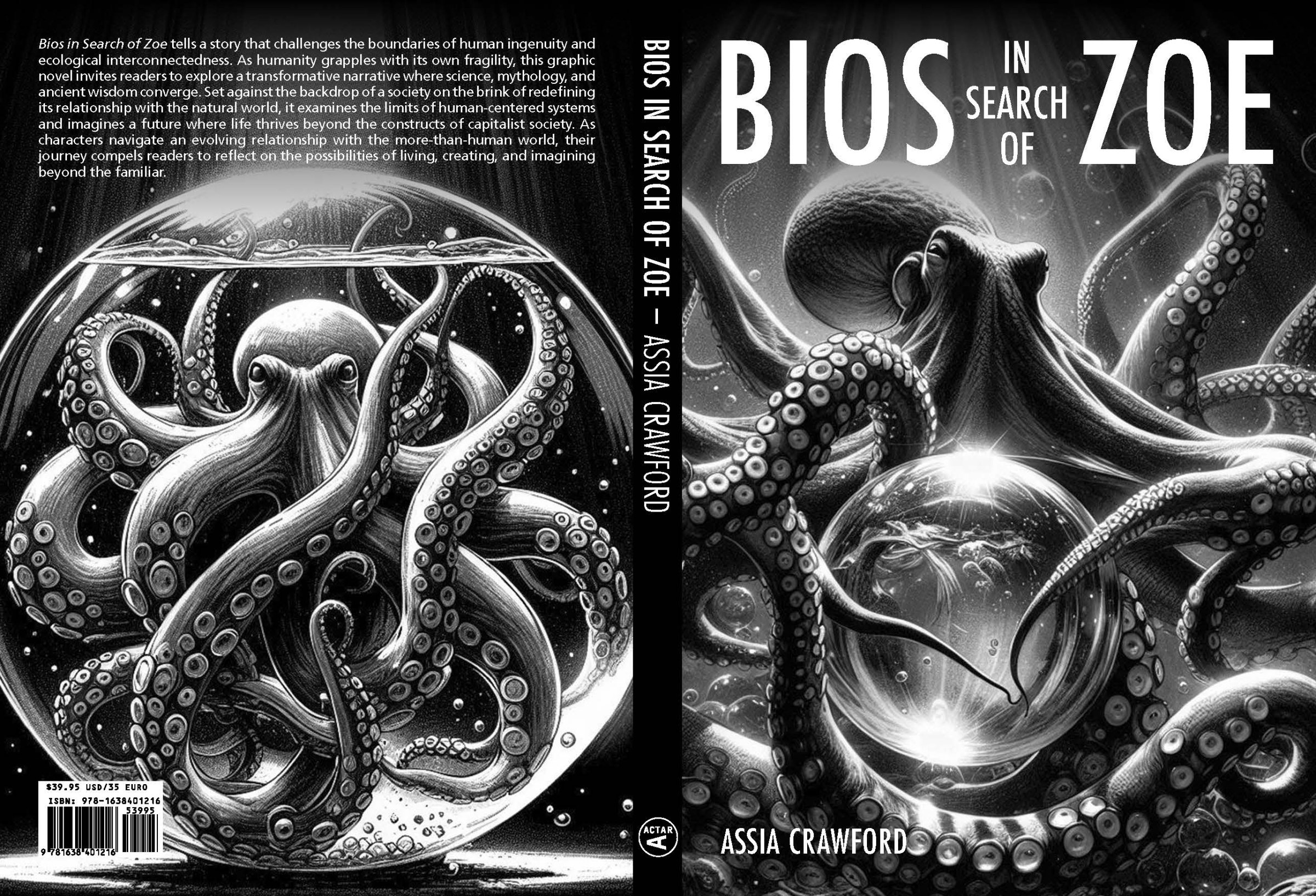
Book Author: Assia Crawford, Tulane School of Architecture and Built Environment.
Abstract: In a world reeling from a pandemic, Bios in Search of Zoe tells a story that challenges the boundaries of human ingenuity and ecological interconnectedness. As humanity grapples with its own fragility, this graphic novel invites readers to explore a transformative narrative where science, mythology, and ancient wisdom converge. Set against the backdrop of a society on the brink of redefining its relationship with the natural world, it examines the limits of human-centered systems and imagines a future where life thrives beyond the constructs of the Anthropocene. Through a seamless blend of speculative storytelling and bio-design principles, the novel unpacks the tension between innovation and tradition, questioning the sustainability of growth-driven systems while embracing the possibilities of coexistence. It presents a world where technology is not a tool for domination but a collaborator in shaping harmonious ecosystems. As characters navigate an evolving relationship with the more-than-human world, their journey compels readers to reflect on the possibilities of living, creating, and imagining beyond the familiar. Bios in Search of Zoe is more than a story—it is an invitation to rethink humanity's role in a fragile world and to envision pathways that honor both the ingenuity of science and the timeless wisdom of nature.
Drawing Codes: Experimental Protocols of Architectural Representation
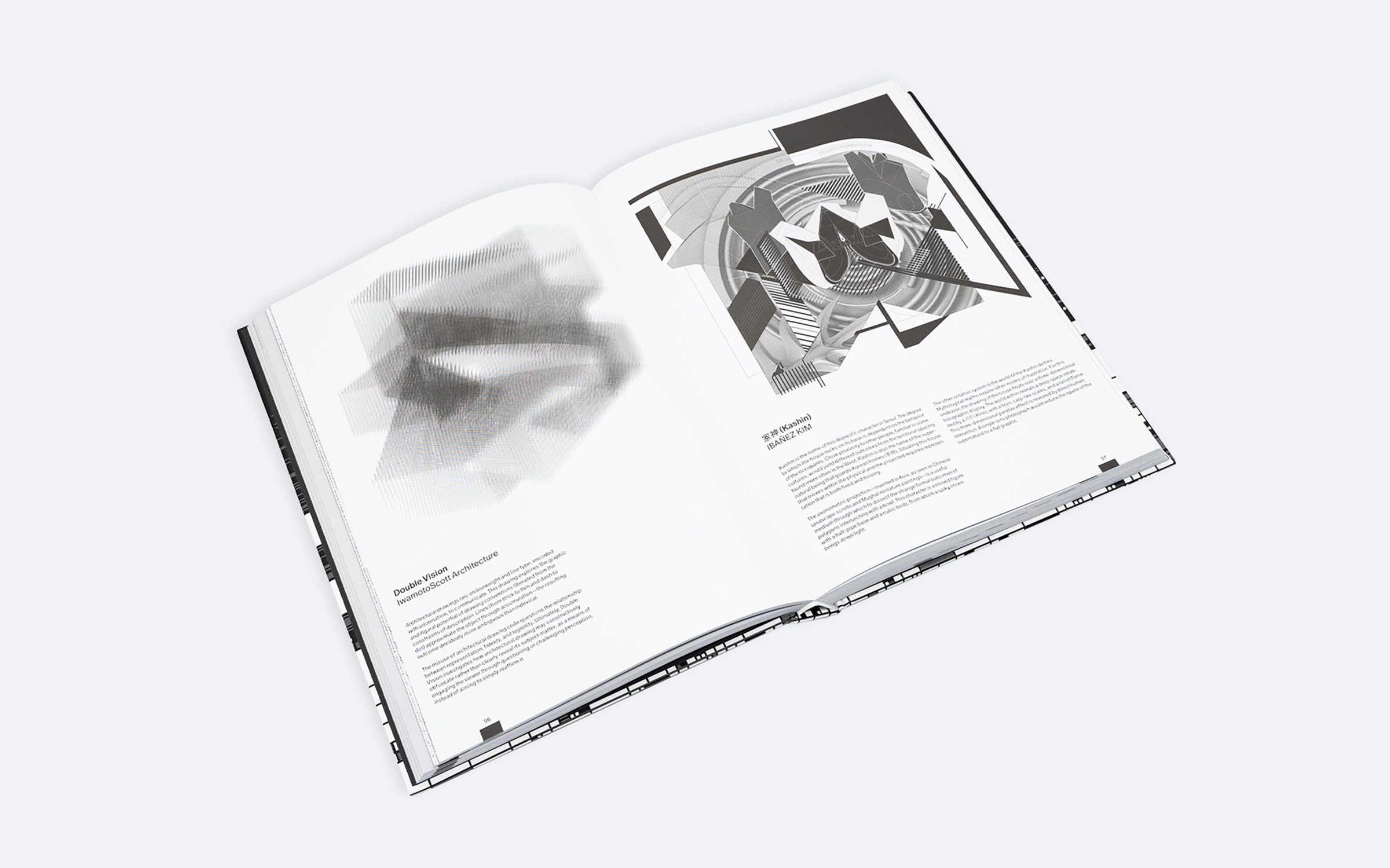
Book Authors: Adam Marcus, Tulane School of Architecture and Built Environment. Andrew Kudless (M.Arch ’98), University of Houston.
Abstract: Drawing Codes examines the transformative shift in architectural drawing, focusing on how digital technology has redefined the role of drawings in the design process. In the past, drawings primarily served as design generators, laying the foundation for architectural concepts and structures. However, as the field has evolved toward computational modeling, the function of drawings has morphed from conception to representation, integrating complex digital processes. Drawing Codes delves into this shift by highlighting how computational techniques, such as procedural drawing and machine learning, influence the ways architects document, analyze, and innovate within the built environment.
Related
Fall 2025 Research Studios take students from New Orleans to New Delhi and beyond
The Fall 2025 Research Studios offer students a variety of options, ranging from deep discovery in Tulane's own background to examining the impact of modern life on ecosystems across the world.
Tulane team wins ACSA 2025 Concrete Masonry Competition
A team of students, Alec Rosen (M.Arch *25) and Akhil Singh, (M.Arch *25), and their faculty advisor, Professor of Practice Sergi Serrat, won the 2025 Concrete Masonry Competition, hosted by the Association for Collegiate Schools of Architecture (ACSA).
